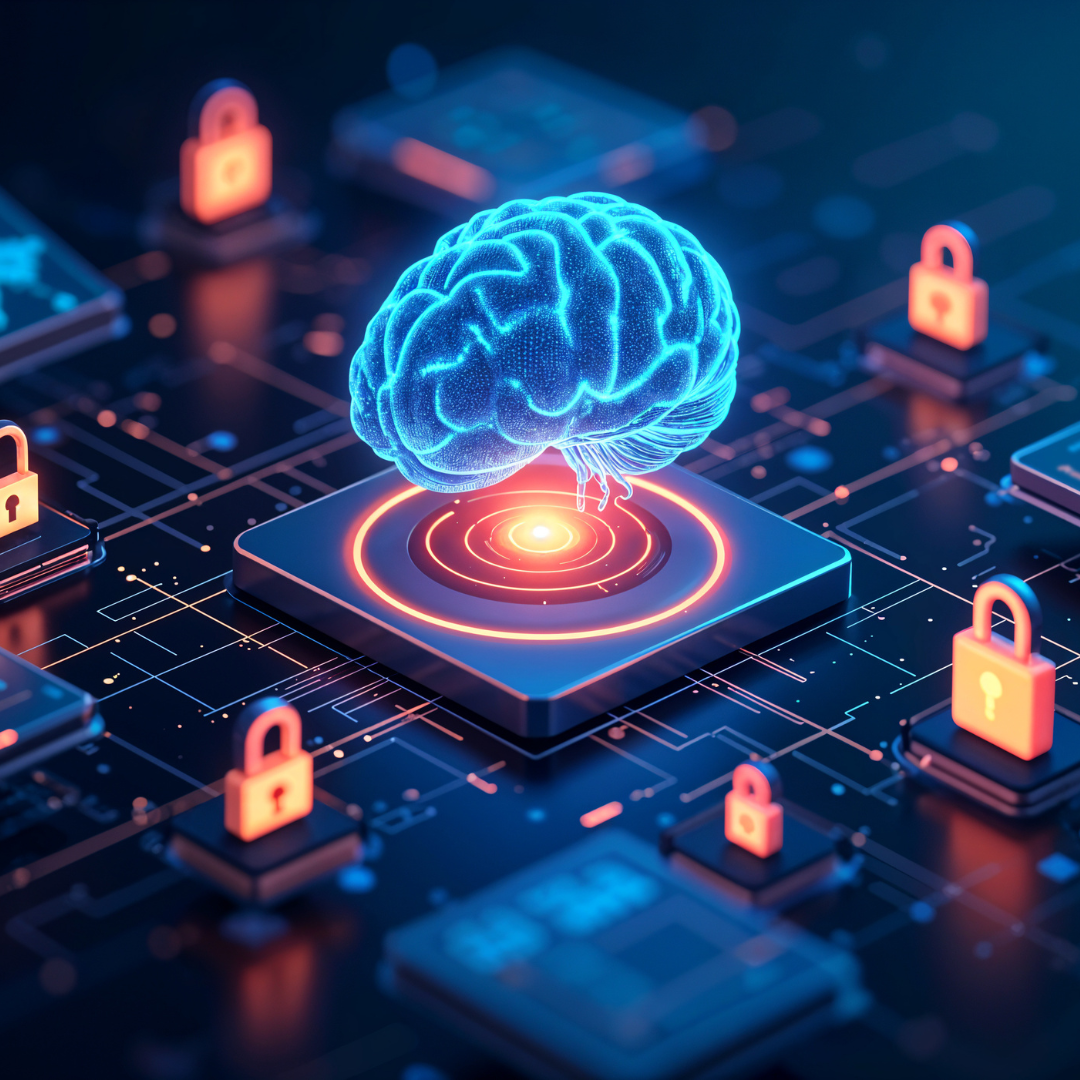How autonomous AI agents can tackle cybersecurity risks
Artificial intelligence agents, or AI systems that can work independently toward specific goals without constant human guidance, have demonstrated strong capabilities in software development and web navigation. Their effectiveness in cybersecurity has remained limited, however. That may soon change. A research team from New York University’s (NYU) Tandon School of Engineering, NYU Abu Dhabi, and other universities developed an AI agent, called EnIGMA, capable of autonomously solving complex cybersecurity challenges.

Image by Freepik
“EnIGMA is about using Large Language Model agents for cybersecurity applications,” said Meet Udeshi, an NYU Tandon PhD student and co-author of the research. To build EnIGMA, the researchers started with an existing framework called SWE-agent, which was originally designed for software engineering tasks. However, cybersecurity challenges required specialised tools that didn't exist in previous AI systems. “We have to restructure those interfaces to feed it into an LLM properly. So we've done that for a couple of cybersecurity tools,” explained Udeshi.
The key innovation was developing what they call ‘Interactive Agent Tools’ that convert visual cybersecurity programmes into text-based formats the AI can understand. Traditional cybersecurity tools such as debuggers and network analysers use graphical interfaces with clickable buttons, visual displays, and interactive elements that humans can see and manipulate. “Large language models process text only, but these interactive tools with graphical user interfaces work differently, so we had to restructure those interfaces to work with LLMs,” said Udeshi.
The team built their own dataset by collecting and structuring Capture The Flag (CTF) challenges specifically for large language models. These gamified cybersecurity competitions simulate real-world vulnerabilities and have traditionally been used to train human cybersecurity professionals. “CTFs are like a gamified version of cybersecurity used in academic competitions. They're not true cybersecurity problems that you would face in the real world, but they are very good simulations,” he noted.
Paper co-author Minghao Shao, an NYU Tandon PhD student and Global PhD Fellow at NYU Abu Dhabi, described the technical architecture: “We built our own CTF benchmark dataset and created a specialised data loading system to feed these challenges into the model.” The framework includes specialised prompts that provide the model with instructions tailored to cybersecurity scenarios.
EnIGMA demonstrated superior performance across multiple benchmarks. The system was tested on 390 CTF challenges across four different benchmarks, achieving state-of-the-art results and solving more than three times as many challenges as previous AI agents. During the research conducted approximately 12 months ago, Udeshi said: “Claude 3.5 Sonnet from Anthropic was the best model, and GPT-4o was second at that time.”
The research also identified a previously unknown phenomenon called ‘soliloquising,’ where the AI model generates hallucinated observations without actually interacting with the environment, a discovery that could have important consequences for AI safety and reliability.
Beyond this technical finding, the potential applications extend outside of academic competitions. “If you think of an autonomous LLM agent that can solve these CTFs, that agent has substantial cybersecurity skills that you can use for other cybersecurity tasks as well,” Udeshi explained. The agent could potentially be applied to real-world vulnerability assessment, with the ability to try hundreds of different approaches autonomously.
The researchers acknowledge the dual-use nature of their technology. While EnIGMA could help security professionals identify and patch vulnerabilities more efficiently, it could also potentially be misused for malicious purposes. The team notified representatives from major AI companies, including Meta, Anthropic, and OpenAI, about their results.